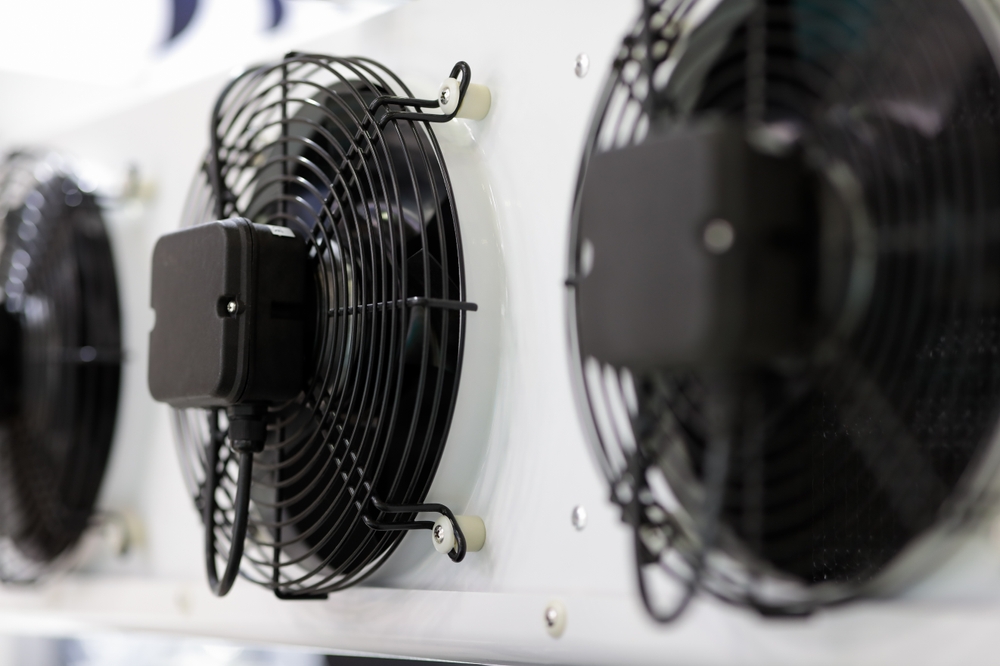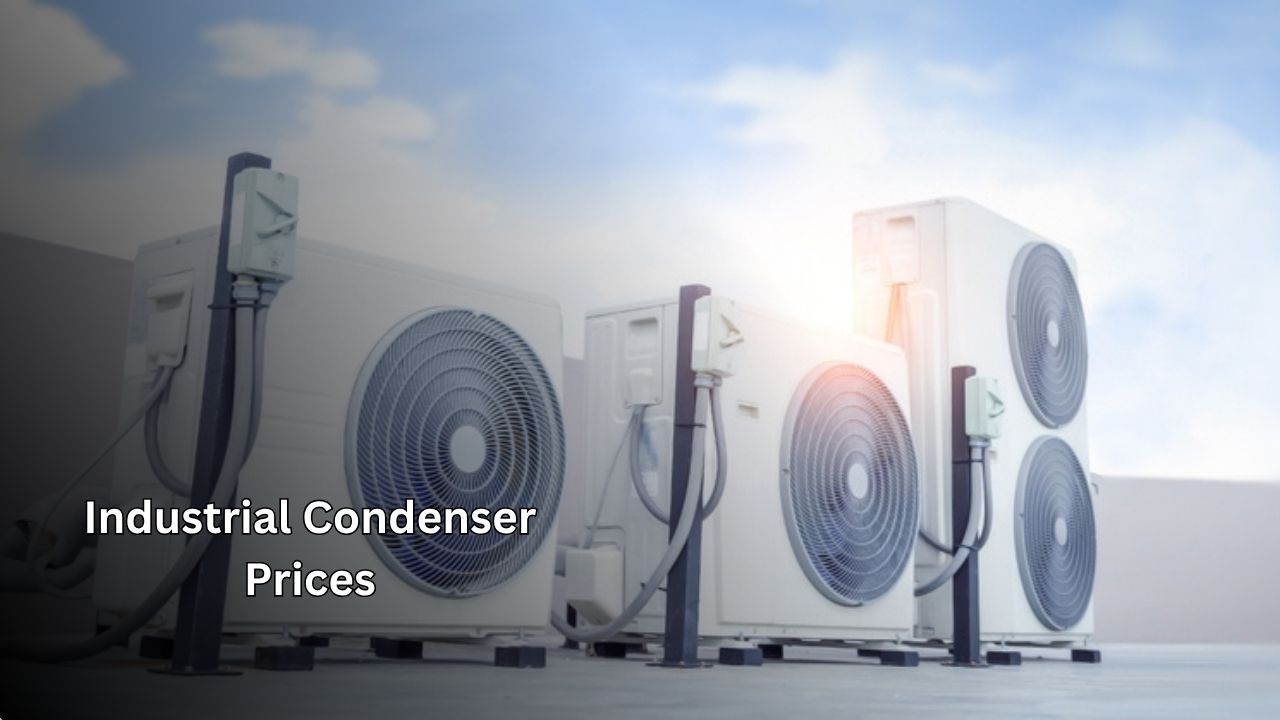
Resistance Life Enchance: Operation Maintenance and Savings Tips


Industrial condenser prices are determined by a combination of technical and commercial factors. Since each project has unique requirements, it is not possible to have a standard pricing structure. The most significant factor affecting price is capacity. As the capacity increases, the amount of material used and production time also increase, leading to higher costs.
The type of condenser (air-cooled or water-cooled), the quality of materials used, the fin and tube structure, the number of fans, and the specifications of the electric motor are technical details that directly impact the price. Additionally, performance criteria such as the device’s durability and energy efficiency play a significant role in shaping costs.
Local production, logistical advantages, and access to spare parts can also affect the total cost. Günay Soğutma conducts project-specific technical analysis to offer the most suitable solution and shapes pricing accordingly. The right price should be evaluated not only based on initial costs but also on hosszú vadeli efficiency, durability, and low operating expenses.
When selecting economical industrial condenser models, both the purchase cost and long-term operating expenses should be considered. Opting for the cheapest model may save money in the short term but can lead to higher expenses due to increased energy consumption and maintenance costs over time.
Generally, air-cooled condensers stand out with lower initial investment costs compared to water-cooled models. Their installation and maintenance processes are simpler, making operating expenses generally more affordable. However, in systems requiring high capacity and continuous operation, water-cooled models may be more economical in the long term due to their energy efficiency.
Compact and modular condenser designs reduce operating costs through space savings and easy maintenance. Products with high-quality materials and advanced designs minimize breakdowns and maintenance needs, providing cost-effectiveness.

Balancing price and quality when purchasing an industrial condenser is crucial for long-term operational efficiency and cost control. While a low price may seem attractive, low-quality products can lead to frequent breakdowns, high energy consumption, and frequent maintenance requirements, resulting in additional costs. Therefore, when evaluating price, the product’s technical specifications, durability, and warranty conditions must be considered.
A high-quality condenser reduces operating costs with its high heat transfer capacity, durable material use, and energy efficiency. Thus, even if the initial cost is slightly higher, it becomes a more profitable investment in the long run. Additionally, the manufacturer’s after-sales technical support and spare parts availability are also indicators of quality.
We offer solutions that combine competitive pricing with uncompromising quality standards. By conducting needs analysis, we recommend the right model and technical specifications, helping to establish a healthy balance between price and quality. The right choice is the key to an efficient and trouble-free operational process.
As of 2025, industrial condenser prices show a fluctuating trend. While production processes have become more efficient with the stabilization of global supply chain costs, partial increases in raw material prices are reflected in the market. In particular, rises in the cost of metals like copper, aluminum, and steel play a significant role in determining condenser prices.
Additionally, growing demand for energy efficiency has increased interest in high-performance, environmentally friendly condenser models. This has slightly raised the prices of technologically advanced condensers. However, long-term energy savings and low operating costs accelerate the return on this investment.
As Günay Soğutma, we continue to offer solutions with a high price-performance balance in line with 2025 trends. Our project-specific pricing approach allows us to provide customers with both budget-friendly and technically suitable condenser options. Contact our team for detailed information and quotes.
One of the most critical factors in industrial condenser selection is cooling capacity. As cooling capacity increases, the condenser’s size, the amount of refrigerant passing through it, and material requirements also rise proportionally. This directly impacts the product cost. High-capacity condensers use larger heat exchanger surfaces, more powerful fan systems, and more durable structural components, all of which play a decisive role in pricing.
The device’s energy efficiency and performance criteria also vary depending on capacity. Integrating energy-saving technologies into high-capacity condensers may slightly increase the price but significantly reduces operating costs in the long term.
We develop solutions tailored to the required capacity, offering the best technical and economic balance for your business’s needs. Contact our expert team to enhance investment efficiency with appropriate capacity selection.
Condenser selection in industrial cooling systems should not be solely price-focused. When choosing the most cost-effective condenser, the device’s cooling capacity, energy efficiency, service life, and maintenance costs must be considered. A product that appears low-cost may lead to high operating expenses in the long term.
The environmental conditions where the condenser will be used (temperature, humidity, dust levels), installation method, and system compatibility are other important criteria to evaluate. Additionally, the manufacturer’s technical support services, warranty period, and spare parts availability directly affect the price-performance balance.
We not only offer competitive prices but also recommend project-specific, long-lasting, and efficient condensers. Our expert team is always by your side to help you choose the right product and maximize your investment’s efficiency.
Providing complete technical details is crucial for obtaining an accurate and clear condenser price quote. First, the desired cooling capacity (kW or kcal/h) must be specified. The condenser’s size, internal structure, and fan specifications are shaped based on this capacity. Additionally, the refrigerant type (R134a, R404A, R410A, etc.) must be indicated, as it affects the pipe diameter and coil design.
Ambient temperature, condensation temperature, air flow rate, and whether the device will be used vertically or horizontally are also critical for product design and pricing. The physical dimensions of the installation area and connection type help refine the quote. If there are specific requirements such as the device’s energy efficiency expectations, protection class, or special coating, these should be shared in advance.
We prepare detailed and realistic price quotes tailored to each project, taking all technical data into account. Simply reach out to us with accurate technical information to receive the most suitable solution for your needs.

Fill out the form to discover the most suitable high-end products for your projects. Contact Us Now.